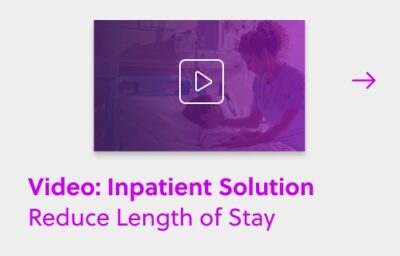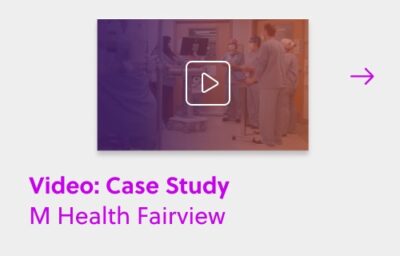
It’s sometimes hard to believe that it was only 8 years ago that Steve Jobs presented the first iPhone to the world. Clearly the world has changed – we have added roughly 120 million times the computing power of the original Apollo 11 computer in our pockets! Unlike other sectors, which have focused on moving away from desktops towards mobile computing, healthcare has lagged behind in its technology adoption.
The government passed the Health Information Technology for Economic and Clinical Health Act (HITECH) in 2009, allocating ~$35 billion to incentivize hospitals and healthcare providers to adopt electronic health records. So while Jobs and Apple were busy in 2007 with the iPhone, we were still moving away from paper!
Healthcare providers now are looking beyond digitizing the medical record to using the data to improve patient experience. As a Director leading the effort to apply prescriptive analytics project at a leading Children’s hospital, paints the metaphor — “we are moving from the time we used physical maps to drive to using Waze on your smart phone.”
Many of us use software like Waze and Google Maps on a daily basis. These are services that actively change directions based on the volume of traffic, accidents, roadwork, and other variables. Similarly, a few progressive healthcare leaders are focused on how they can use the same principle in software to navigate what can be a very intense, chaotic schedule in areas like operating rooms or emergency rooms in the hospital.
This utopian future is indeed a reality today for a small percentage of providers around the country, who can now tap into their data and have their teams take advantage of advanced prescriptive technology in real time. We are proud to enable the journey for many such leading providers.
Here’s an example of moving from ‘paper maps’ to prescriptive guidance in healthcare. Today, as consumerism expands in healthcare, many providers across the country are under pressure to reduce their ER wait times (organizations such as analyticsMD, Yelp, ProPublica, CMS are making this information more transparent). As a provider looking at your ER wait times or your “Left Without Being Seen” (LWBS) rate, you might be able to glean insights by looking at relevant data from the past 3,6,12 months. This is very much akin to using an old map to drive to your destination.
Instead, with prescriptive decisions, you could predict and prescribe decisions both for the future (next 3 – 6 months) and in real time – like when you are driving along a road with heavy traffic and your phone suggests that you take another route to cut 15 mi nutes of driving time.

With the help of decision science and machine learning applied to multiple data sources – such as the hospital’s EMR, public data like weather and flu trends – the software can make recommendations in real time to the relevant care team. Care teams love having a data assistant watching their back and suggesting changes ahead of the problem. The system, for example, might advise a team that they need another nurse tonight, or that they need to open a hallway bed, or that a specific patient has been waiting for their lab too long. The last mile in “prescribing” the recommendation is most critical given that data aggregation, analysis, reports seldom lead to changes on the front-line.
Given (a) the transparency of quality, safety and experience scores from organizations like Medicare at a time of high cost pressure, (b) the increasing number of penalties and bonuses tied to outcomes, (c) the shift from fee-for-service to value based care, healthcare leaders around the country are forced to transform the way their organizations make data-driven decisions and add significant leverage to their constantly-pressured staff.
If Waze or Google Maps are analogies for the role prescriptive decisions will play in healthcare, then it will be an exciting few years to watch the resulting transformation of our healthcare system.


